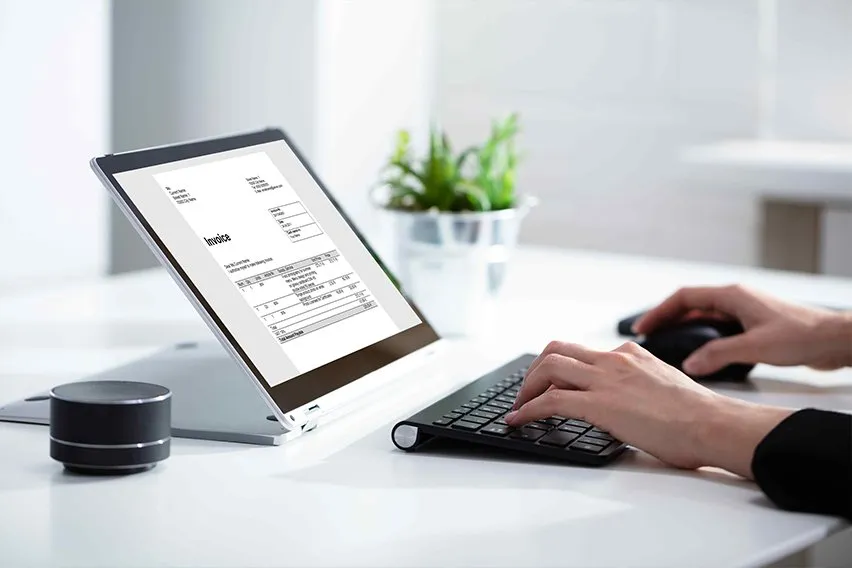What is a Cost Sheet? Definition, Components & Examples

How do you fix prices for your product or service as a small business? Apart from conducting market research and checking out competitors’ pricing systems, it would be best to monitor how many resources go into different aspects of your company.
Use this guide to learn about the different costs you should track and how to create a simple but effective cost sheet for your small business.
Here’s What We’ll Cover:
What Would You Find In a Cost Sheet?
Importance of Cost Sheets For Small Businesses
More Bookkeeping Resources for Businesses
What Is a Cost Sheet?
A cost sheet is a formal documentation of the fixed, variable, direct, and indirect costs a business incurs from start to finish in its production process. Based on this information, a company can determine the total production cost and fix the price per item for the commodities.
Cost sheets are more common for production-based businesses, but they also come in handy for service providers. As long as you need to track resources for your business operations, a cost sheet is a must-have.

Types of Cost Sheets
- Historical Cost Sheet
- Estimated Cost Sheet
Historical Cost Sheet
The more common type of cost sheet is the historical cost sheet. A historical cost sheet records all the direct costs and indirect expenses incurred for a product. Here, there are no estimates or projections for cost and price.
Estimated Cost Sheet
In an estimated cost sheet, the business projects the expenses for production, forecasts the profit per item, and uses this information to fix the ideal cost per unit.
Think of the different times you hosted a pre-sale for your product. While the item isn’t ready for sale, your knowledge of costs and market value helps you to fix a cost estimate and make a profit.
What Would You Find In a Cost Sheet?
A cost sheet has four major components, which are;
- Prime Cost
- Works Cost
- Cost of Production
- Total Cost or Cost of Sales
Prime Costs
All the expenses directly involved in the production process are prime costs. It also passes as flat, first, or basic cost.
Let’s say you run a bakery. Your prime costs would be the money spent on raw material like purchasing flour bags, paying workers’ wages, and other direct production expenses.
Prime Cost Formula
Prime Costs = Direct Labor + Direct Raw Material + Direct Expenses
Here’s how this pans out in real-time.
A tannery uses $1,500 worth of material for leather production. It pays out $5,000 in wages plus $3,000 in other direct expenses. Based on the formula, the company’s prime costs equal $9,500.
Works Cost
Works cost is the sum of prime costs and factory costs or overhead expenses. Your overhead costs are indirect costs like the money paid to workers who are secondarily involved in the production process and the money spent in taxes and utilities.
Cost of Production
You should account for any expenses incurred by your business operations, including the factory rent and work costs. Cost of production is equal to work costs plus administration overhead minus the opening and closing stock for finished goods.
Cost of Sales
Cost of sales is all the expenses incurred during the production plus other costs for selling and distribution overhead. This metric helps you to know the overall production value of an item based on the resources committed to it. From the cost of sales, you can peg the sales price for finished goods and calculate your profit.

Importance of Cost Sheets For Small Businesses
Should you bother about creating a cost sheet as a small business? Absolutely! It’s a wise move to track your resources and see how everything adds up during production.
A cost sheet would also help you:
- Fix the ideal cost per unit for your goods and services. Instead of pulling random figures off the top of your head, you’d have actual data backing your pricing decision.
- Monitor your production costs to make sure it remains within the competitive market range.
- Know when to raise your prices, provide discount packages, and increase your unit cost for reasonable profits.
Wrapping Up
A cost sheet is an efficient way to keep tabs on direct costs and indirect expenses incurred as part of your operations. Tracking these costs helps you to limit unplanned business expenses and manage resources better.
More Bookkeeping Resources for Businesses
RELATED ARTICLES


 6 Best Online Bookkeeping Services for Small Businesses in 2025
6 Best Online Bookkeeping Services for Small Businesses in 2025 How to set up direct deposit for employees
How to set up direct deposit for employees 7 Best Purchase Order Software – Reviews & Pricing
7 Best Purchase Order Software – Reviews & Pricing What is the Section 199A Deduction?
What is the Section 199A Deduction? What is TAKT Time Formula & How Is It Calculated?
What is TAKT Time Formula & How Is It Calculated? Cash Disbursement Journal: Definition & Examples
Cash Disbursement Journal: Definition & Examples